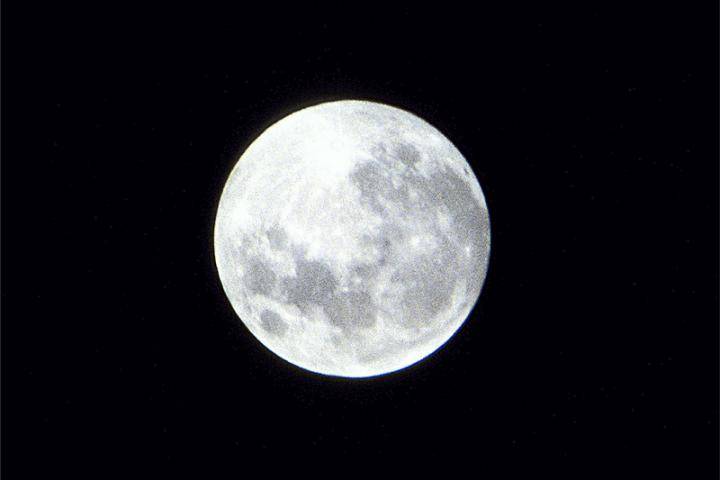India has hardly made it out of the earth with its satellites orbiting around the Earth but Indian professors have decided to give the world something to laugh about.A distinguished professor associated with ISRO has said that by 2030, India might be able to meet its entire energy requirements by mining resources from the moon.
Sivathanu Pillai while speaking at an event in New Delhi, said that India's all energy requirements needs could be met by helium-3 mined from the moon
"By 2030, this process target will be met," Pillai said while delivering the valedictory address.
Pillai was speaking at the three-day ORF-Kalpana Chawla Space Policy Dialogue, organised by Observer Research Foundation.
Pillai, who has served as the chief of BrahMos Aerospace, said that mining the helium-3 rich lunar dust is a priority programme for the ISRO. Pillai also said India is not the only country working on this project and that other countries too are working on similar projects. He also said that there is enough helium on the moon to meet the energy needs of the world.
"In a few decades, people will be going to the moon for honeymoon," Pillai quipped during his address.
Helim-3 came on moon through solar winds as unlike Earth, it does not have a magnetic field to protect it. Thus, the solar winds bombarded large quantities of helium-3 on the moon's surface. The idea of meeting the world's energy requirements has remained fascinating since its origin. On its website, the European Space Agency notes that it is believed "this isotope could provide safer nuclear energy in a fusion reactor, since it is not radioactive and would not produce dangerous waste products."
But not everyone agrees that helium-3 will produce a safe fusion solution. In an article titled "Fears over Factoids" published in 2007, the theoretical physicist Frank Close famously described the concept of mining helium-3 from the moon as "moonshine". The disagreement comes from the fact that as of now, we have not been successful in creating a helium fusion reaction with a net power output.


